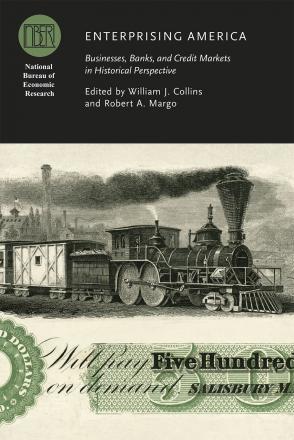Did Railroads Make Antebellum U.S. Banks More Sound?

We investigate the relationships of bank failures and balance sheet conditions with measures of proximity to different forms of transportation in the United States over the period from 1830-1860. A series of hazard models and bank-level regressions indicate a systematic relationship between proximity to railroads (but not to other means of transportation) and “good” banking outcomes. Although railroads improved economic conditions along their routes, we offer evidence of another channel. Specifically, railroads facilitated better information flows about banks that led to modifications in the composition of bank assets consistent with reductions in the incidence of moral hazard. Railroads were positively correlated with bank stability and their presence nearby encouraged banks to hold safer portfolios that contained fewer bonds and banknotes and more loans.


